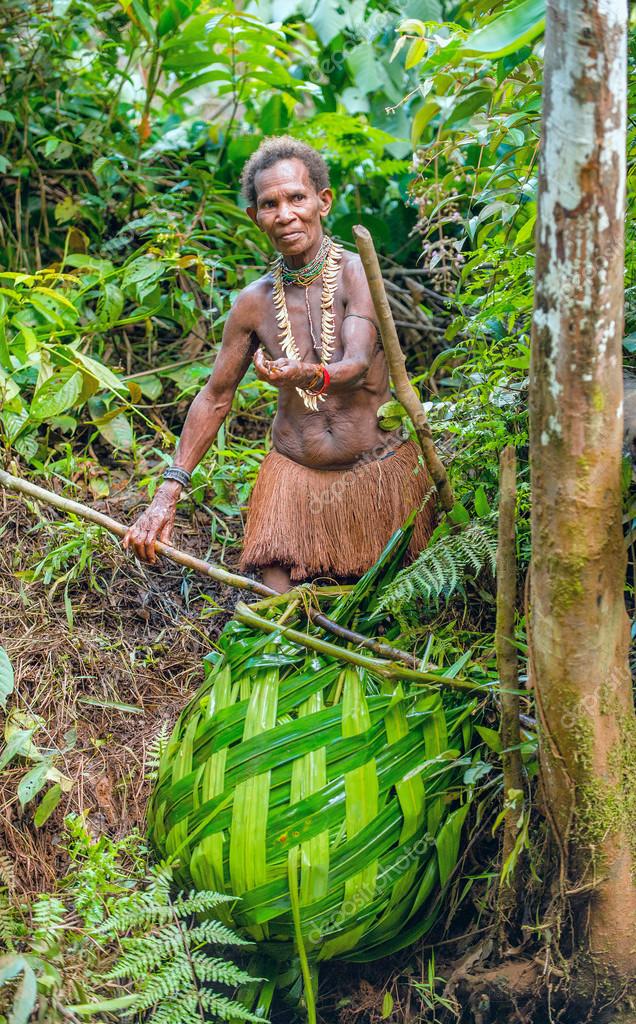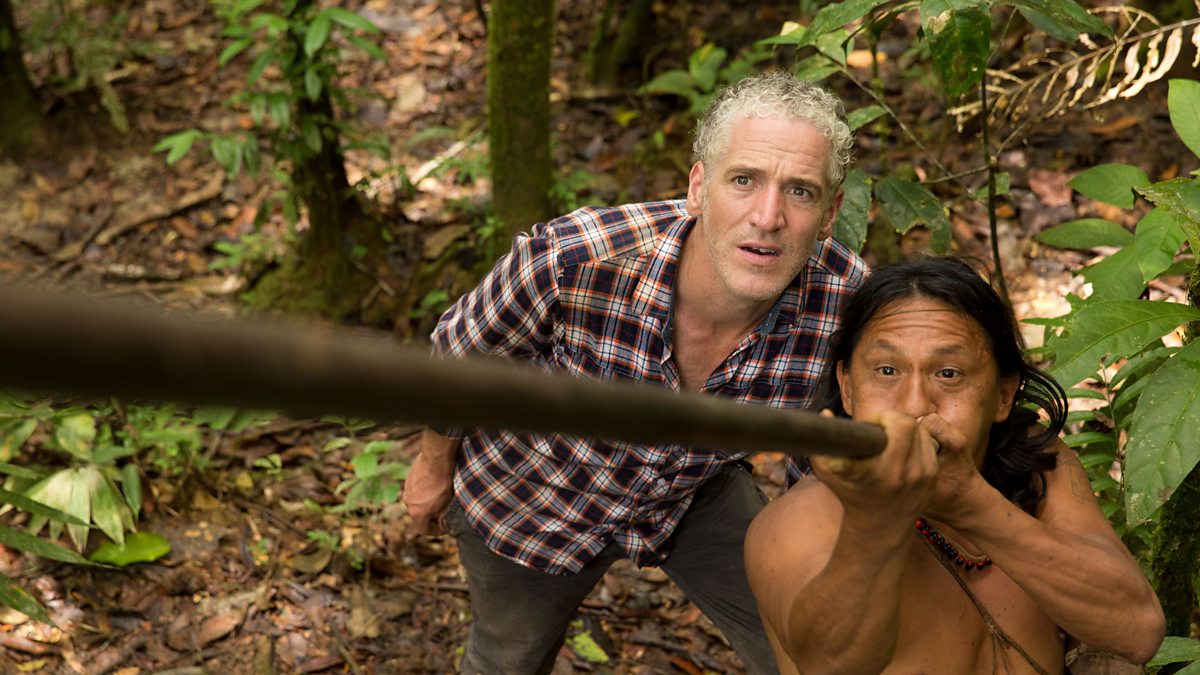
.jpg)
The Ecuadorian government recently approved a controversial plan to drill for the oil which lies under the pristine Yasuní National Park. Both tribes live within the borders of the Yasuní National Park, where their rights – including the right to be left alone – are protected by Ecuador’s constitution.ĥ There is Oil – and Controversy – in Yasuníįortunately – or unfortunately, depending on whom you ask – there is a great deal of oil under the Ecuadorian Amazon. There are only a handful of individuals left, and the tribes live in deliberate isolation, eschewing all contact with the modern world. Along the way, they saw some fierce native warrior women and named the river “Amazon” after them.Įcuador’s Amazon Region is home to two small tribes of people: the Taromenane and the Tagaeri. Orellana and his men eventually found the Amazon River, which they followed hundreds of miles to the Atlantic Ocean. A year later, a small group led by Francisco de Orellana got split off from this large expedition. In 1541, a group of Spanish conquistadors left Quito in search of the legendary city of El Dorado. Many of these bird species are found in the Amazon Region, including some of the more spectacular ones, like toucans, macaws and tanagers.ĭid you know that the Amazon River was discovered from Ecuador? It’s true. In the entire country of Ecuador, there are an estimated 1600 species of birds: more than double the number of all of North America. – Thousands of species of insects: one acre of rainforest may be home to 70,000 species of insect!Įcuador’s birdwatching is legendary.

– Thousands of species of plants and trees – More than 300 species of mammals, including monkeys and jaguars

– 350 Species of reptiles, including anacondas and iguanas – 800 species of fish, including three sorts of piranhas The Amazon Basin, and the Ecuadorian Amazon in particular, is home to truly astounding biodiversity: the Yasuní Biosphere Reserve is believed by many to be home to the most diverse set of species on the Earth. 1 – It is Home to Remarkable Biodiversity.


 0 kommentar(er)
0 kommentar(er)
